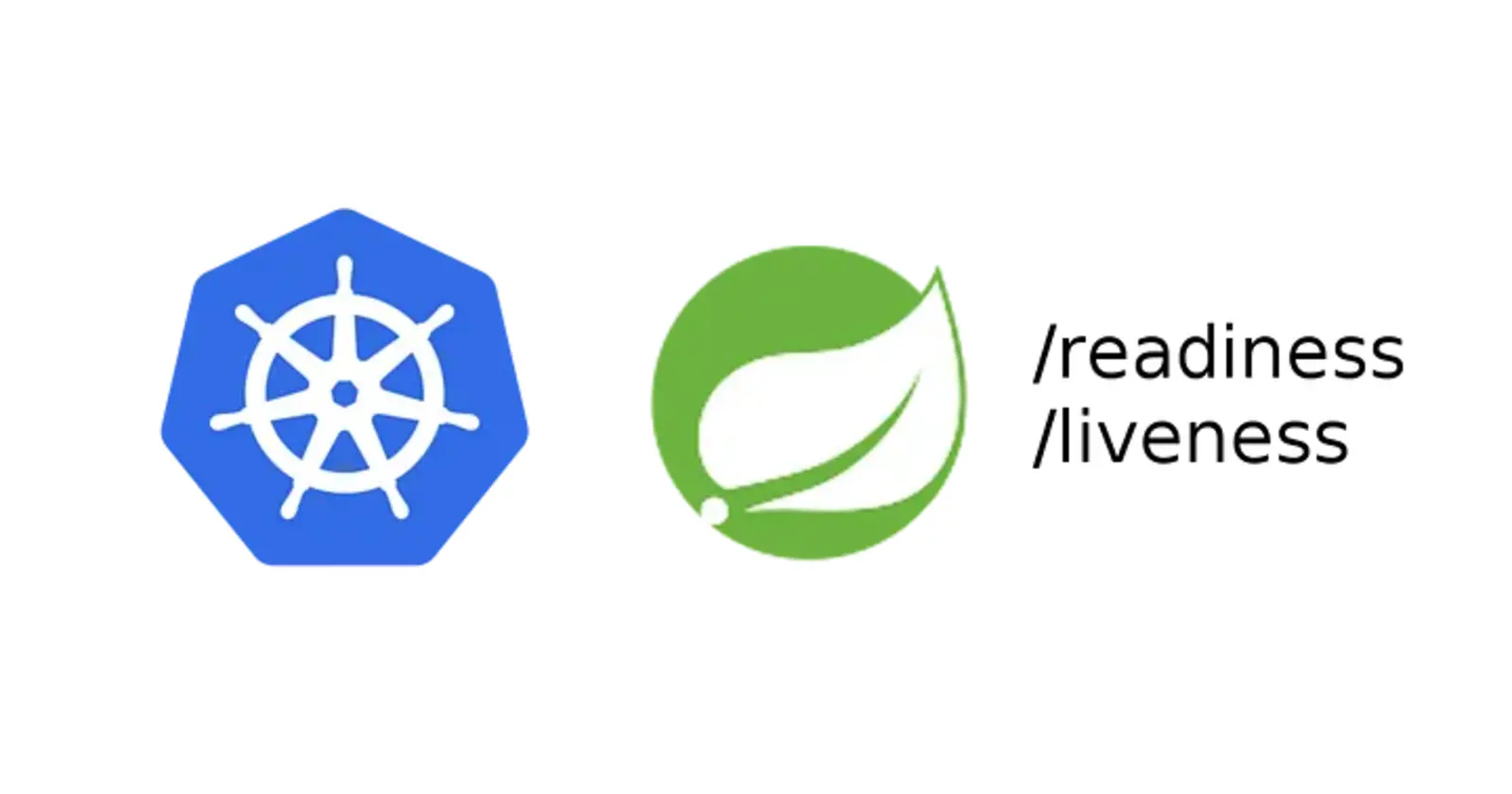Deploying Microservices and Config Server in Docker: Understanding Liveness and Readiness
 Uputoori kishore
Uputoori kishore
In the realm of deploying microservices and a configuration server within Docker containers, some nuances and challenges demand careful consideration. One such challenge is ensuring that the configuration server initializes properly before other applications start, guaranteeing its readiness to handle incoming requests. In this article, we delve into the concepts of Liveness and Readiness and their significance in orchestrating Docker deployments effectively.
Docker Compose Setup for Development Environment
To illustrate this concept, let’s begin with a Docker Compose file designed for a development environment. This file orchestrates multiple microservices along with a configuration server, allowing for a cohesive deployment strategy.
services:
configserver:
image: "kishoreuputoori/configserver:s4"
container_name: configserver-ms
ports:
- "8071:8071"
deploy:
resources:
limits:
memory: 700m
networks:
- kishoreuputoori
accounts:
image: "kishoreuputoori/accounts:s1"
container_name: accounts-ms
ports:
- "8080:8080"
deploy:
resources:
limits:
memory: 700m
networks:
- kishoreuputoori
environment:
SPRING_APPLICATION_NAME: "accounts"
SPRING_CONFIG_IMPORT : "configserver:http://configserver:8071/"
SPRING_PROFILES_ACTIVE: default
# Similar configurations for other microservices...
networks:
kishoreuputoori:
driver: "bridge"
This setup effectively deploys multiple microservices alongside a configuration server. However, ensuring that the configuration server initializes before other services is crucial for maintaining the health of the entire system.
Understanding Liveness and Readiness
Liveness refers to the capability of a container or application to indicate its state, whether it's alive or experiencing issues. By employing Liveness probes, we can determine if a container is functioning properly or requires intervention.
Readiness, on the other hand, determines if a container is prepared to receive network traffic. A container might be alive but not yet ready to handle incoming requests, necessitating a readiness check to ensure seamless operation.
In our scenario, we leverage Spring Boot Actuator to expose Liveness and Readiness endpoints, namely "/actuator/health/liveness" and "/actuator/health/readiness".
Enhancing Docker Compose Configuration
To ensure the configuration server initializes before other microservices, we incorporate Liveness and Readiness checks into our Docker Compose setup. Let’s examine the updated configuration:
# Docker Compose with Liveness and Readiness Checks
services:
configserver:
image: "kishoreuputoori/configserver:s44"
container_name: configserver-ms
ports:
- "8071:8071"
depends_on:
rabbit:
condition: service_healthy
healthcheck:
test: "curl --fail --silent localhost:8071/actuator/health/readiness | grep UP || exit 1"
interval: 10s
timeout: 5s
retries: 0
start_period: 10s
# Other configurations...
accounts:
# Microservice configurations...
# Other microservices...
By integrating health checks into the Docker Compose configuration, we ensure that the configuration server is fully operational before other services commence their execution.
Conclusion
In conclusion, deploying microservices and a configuration server within Docker containers demands careful orchestration, particularly concerning Liveness and Readiness. By implementing appropriate health checks and orchestrating container initialization, we can ensure the robustness and reliability of our distributed systems. As technology evolves, mastering these concepts becomes increasingly essential for modern software development practices.
Subscribe to my newsletter
Read articles from Uputoori kishore directly inside your inbox. Subscribe to the newsletter, and don't miss out.
Written by

Uputoori kishore
Uputoori kishore
The individual, holding a Master's degree and Oracle Certified Associate Java developer status, demonstrates expertise in RESTful API design, performance optimization, and database management. Proficient in Java, JavaScript, Spring Boot, Angular, and microservices, they actively engage in hackathons and online courses to enhance their skills. Committed to continuous learning, they remain adaptable and motivated in their professional development journey.